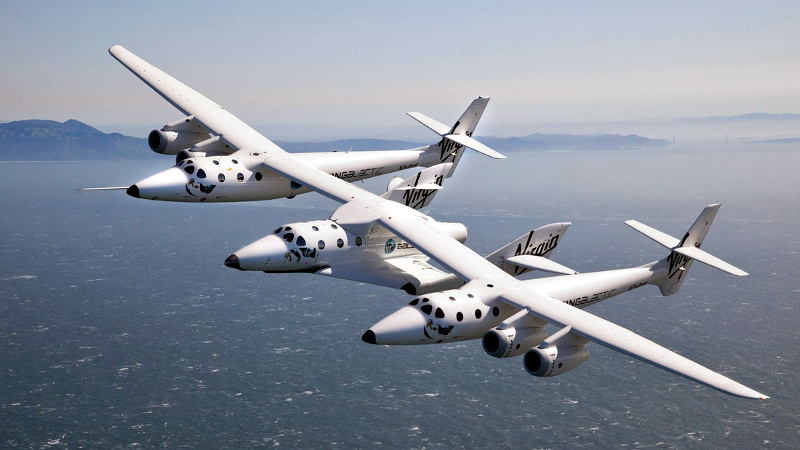
To hear founder Richard Branson tell it, the first operational flight of Virgin Galactic’s SpaceShipTwo has been 18 months out since at least 2008. But a series of delays, technical glitches, and several tragic accidents have continually pushed the date back to the point that many have wondered if it will ever happen at all. The company’s glacial pace has only been made more obvious when compared with their rivals in the commercial spaceflight field such as SpaceX and Blue Origin, which have made incredible leaps in bounds in the last decade.
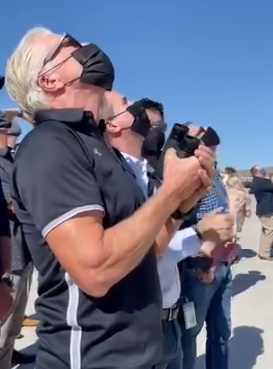
But now, at long last, it seems like Branson’s suborbital spaceplane might finally start generating some income for the fledgling company. Their recent successful test flight, while technically the company’s third to reach space, represents an important milestone on the road to commercial service. Not only did it prove that changes made to Virgin Space Ship (VSS) Unity in response to issues identified during last year’s aborted flight were successful, but it was the first full duration mission to fly from Spaceport America, the company’s new operational base in New Mexico.
The data collected from this flight, which took pilots Frederick “CJ” Sturckow and Dave Mackay to an altitude of 89.23 kilometers (55.45 miles), will be thoroughly reviewed by the Federal Aviation Administration as part of the process to get the vehicle licensed for commercial service. The next flight will have four Virgin Galactic employees join the pilots, to test the craft’s performance when loaded with passengers. Finally, Branson himself will ride to the edge of space on Unity’s final test flight as a public demonstration of his faith in the vehicle.
If all goes according to plan, the whole process should be wrapped up before the end of the year. At that point, between the government contracts Virgin Galactic has secured for testing equipment and training astronauts in a weightless environment, and the backlog of more than 600 paying passengers, the company should be bringing in millions of dollars in revenue with each flight.
A Promising Predecessor
There’s no question that aerospace engineering is difficult and exacting work, doubly so when your destination is the vacuum of space. But even still, it was assumed that Virgin Galactic was going to have a leg up on its competitors thanks to the fact that the SpaceShipTwo spaceplane and its carrier aircraft were direct followups to the vehicles that which won the Ansari X Prize in 2004.

The SpaceShipTwo is roughly twice the size of the three passenger SpaceShipOne, and features a sleeker design reminiscent of a futuristic private jet, but otherwise the two craft are remarkably similar. Both are air launched from their purpose-built “motherships”, and accelerate to roughly Mach 3 under the power of a hybrid rocket engine that burns a solid fuel combined with nitrous oxide for approximately 70 seconds during a near-vertical ascent. Lacking the necessary velocity to achieve orbit, the craft coast their way through a suborbital ballistic trajectory with an apogee of at least 80 km (50 miles), during which passengers experience around four minutes of microgravity.
The flight profile up to this point is not unlike that of the North American X-15 from the 1960s, albeit with a considerably slower maximum speed. But now comes the tricky part, atmospheric reentry. Even at the relatively low velocities of a suborbital flight, it’s a dangerous operation that can go catastrophically wrong. This risk is why Burt Rutan gave SpaceShipOne a secret weapon: the so-called “feathered configuration”, in which the rear half of the vehicle folds upwards. This creates a high-drag, aerodynamically stable layout that has often been compared to a shuttlecock and essentially makes reentry an automatic process. The increased drag keeps the speed low, while the folded shape ensures the craft maintains the appropriate attitude. After slowing to subsonic speeds, the wings fold back down and the craft glides to a runway landing like the Space Shuttle.
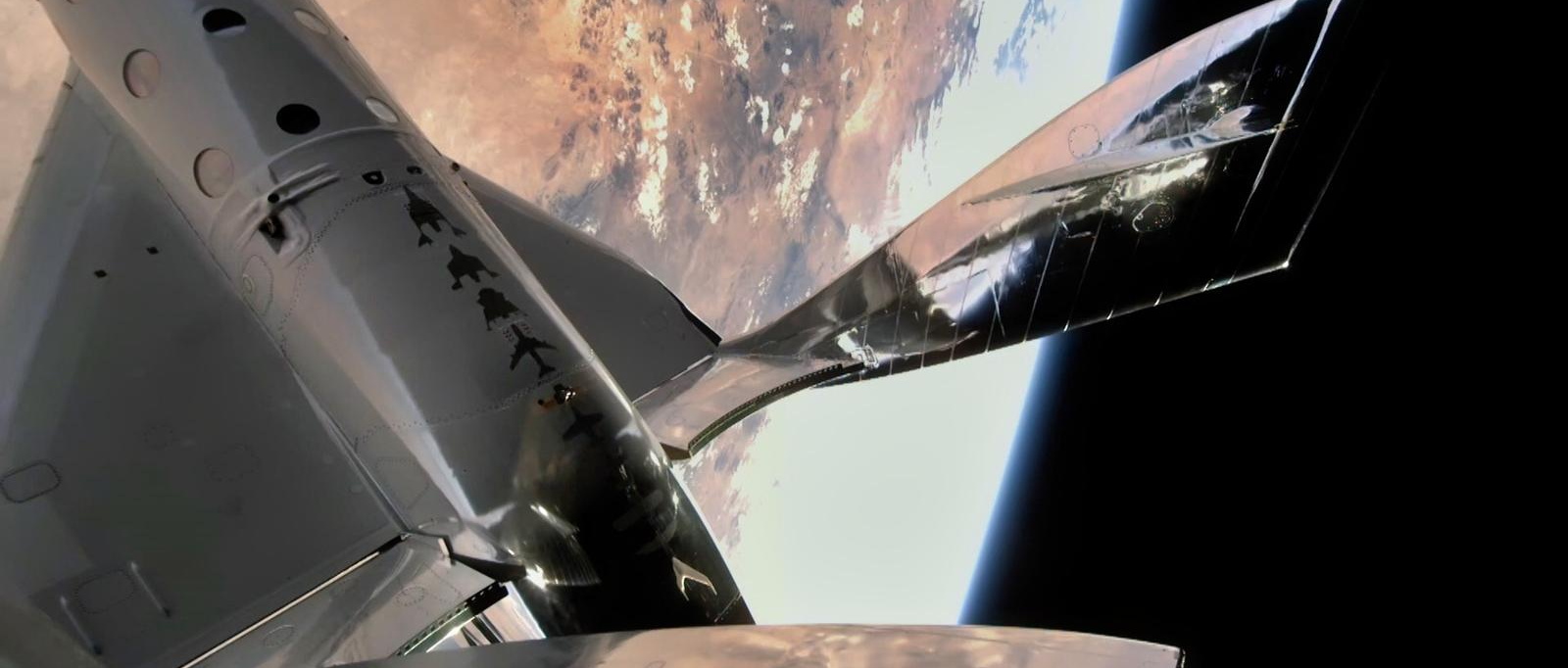
The elegant simplicity of the feathered reentry is arguably what allowed SpaceShipOne to win the Ansari X Prize, and its inherent reliability makes it well suited to commercial spaceflight. It’s little wonder that scaling up the proven design of the SpaceShipOne was seen as a fast track to developing a practical spaceplane for suborbital space tourism. So what happened?
Engine Trouble
Tragedy first struck the development of SpaceShipTwo before the craft had even been publicly unveiled. In 2007, while testing the new oxidizer system required by the vehicle’s larger and more powerful engine, a tank pressurized with 4,500 kg (9,900 lb) of nitrous oxide exploded and killed three employees of Burt Rutan’s Scaled Composites.
The hybrid rocket engine design would continue to give the team problems for years, though thankfully without further loss of life. It originally burned the same solid hydroxyl-terminated polybutadiene (HTPB) and nitrous oxide mixture as the original 88 kN (20,000 pound) thrust engine used on SpaceShipOne, but this combination was found to be unstable during long burns. Despite making several flights using this engine, in 2014 Virgin Galactic announced they were developing a new engine would burn a different fuel. This required helium and methane tanks to be added into SpaceShipTwo’s wings, a considerable modification that the original design simply didn’t account for.

After experimenting with different fuels and engine revisions, Virgin Galactic eventually returned to using HTPB as a fuel. The new engine, which was built in-house rather than through a subcontractor, is reportedly capable of generating 310 kN (70,000 pounds) of thrust, and is fully reusable. Unfortunately, the years spent on engine development difficulties would pale in comparison to what came next.
Ad Astra Per Aspera
During a test flight on October 31st, 2014, VSS Enterprise broke up over the Mojave Desert just seconds after engine ignition at an altitude of approximately 15 km (50,000 feet). While seriously injured, pilot Peter Siebold was able to parachute to safety and survived. Unfortunately, copilot Michael Alsbury was killed in the crash.
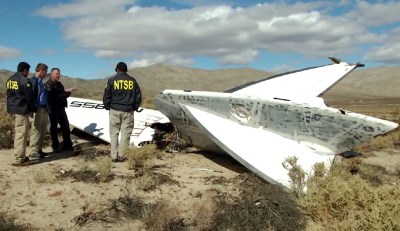
As this was the first in-flight test of a new fuel mixture, early theories from industry insiders placed blame on the engine. But this idea was quickly put to rest after the National Transportation Safety Board (NTSB), conducting its first-ever investigation into a fatal mishap aboard a spacecraft, recovered the engine and associated tanks largely intact. With the help of vehicle telemetry, cockpit recordings, and evidence from the wreckage itself, the NTSB eventually pined the loss of Enterprise on its defining feature: the feathered reentry system.
The NTSB concluded that Alsbury, potentially due to stress or confusion, unlocked the vehicle’s feathering mechanism far earlier than was indicated in the flight checklist. With the mechanical locks no longer in place, the aerodynamics of supersonic powered flight in the atmosphere overwhelmed the actuators, causing the wings to fold up on their own. Switching into this high-drag configuration while traveling at more than Mach 1 was like flying into a wall; analysis of the flight data determined that within 1.7 seconds of Alsbury unlocking the feather mechanism, Enterprise was ripped to pieces in mid-air.
Onwards and Upwards
After the fatal breakup of Enterprise, Virgin Galactic made a number of changes to the then under construction Unity. Chief among them were physical and operational measures to prevent the feather mechanism from being unlocked or deployed prematurely. The NTSB recommended more thorough crew training for emergency situations, especially in the use of the automatic parachute and supplemental oxygen systems, but ultimately deemed the design and operation of the vehicle to be satisfactory.
As of January 2020, the currently unnamed third and fourth SpaceShipTwo craft were still under construction, with the former nearing the point where final integration and ground testing could begin. Considering the wide-reaching impact of the COVID-19 pandemic, it’s likely that work on these craft was considerably slowed since then. As such, assuming commercial operations begin in 2022, the primary bottleneck will be the amount of time it takes to turn Unity around between flights.
To that end, Virgin Galactic announced in March that they’re simultaneously working on a new class of vehicle known as SpaceShip III. Outwardly very similar to SpaceShipTwo, the next-generation VSS Imagine and VSS Inspire are designed with modularity and ease of maintenance in mind. With a reduced turnaround time between flights and a fleet of at least five spaceplanes, the company hopes to eventually perform as many as 400 commercial flights per year from Spaceport America alone.
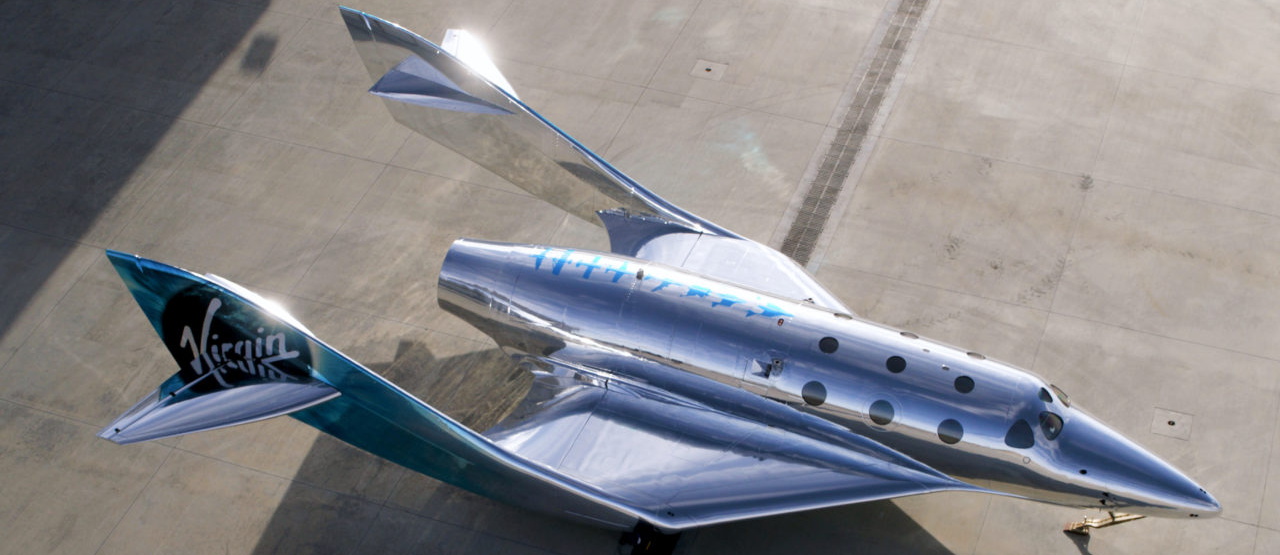
It’s a bold goal, but considering the company has yet to carry a single paying passenger after more than a decade of research and development, it should probably be taken with a grain of salt. That being said, if the history of Virgin Galactic has taught us anything, it’s that they certainly won’t give up without a fight.

0 Commentaires